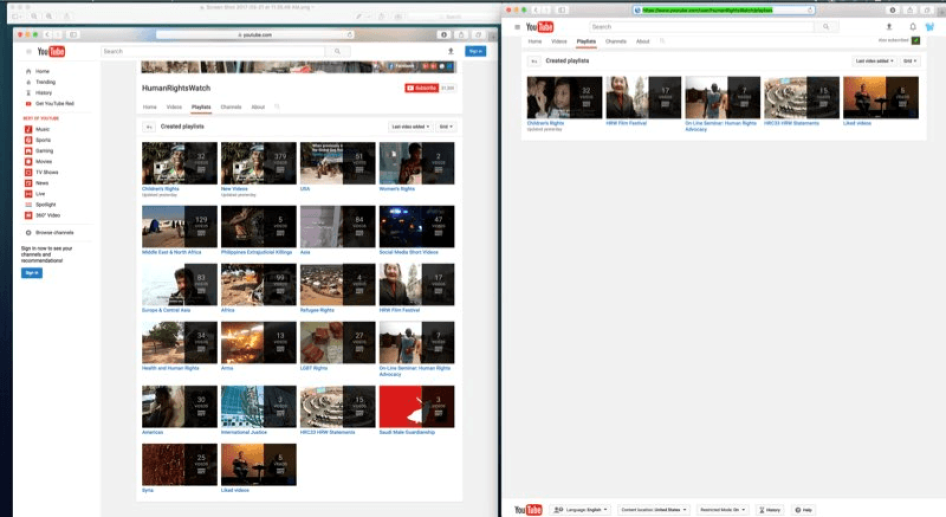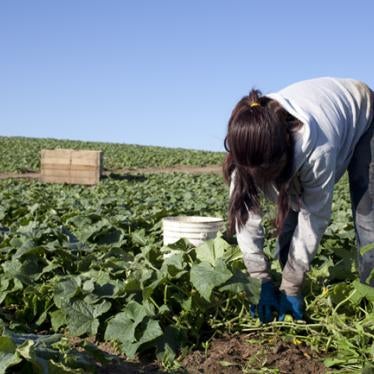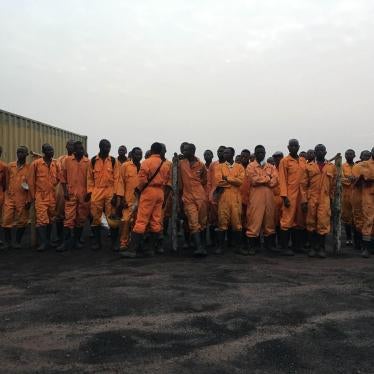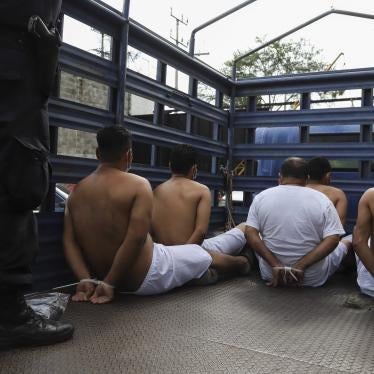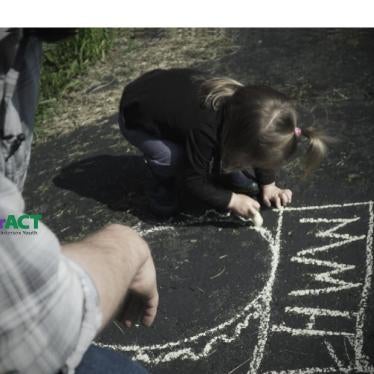Update: As of Thursday, March 23, YouTube appears to have made HRW's video on anti-LGBT censorship in schools available under restricted mode.
On Monday, Utah repealed a law that restricts the “advocacy of homosexuality” in schools, recognizing that young people should have equal access to information and resources regardless of their sexual orientation or gender identity.
Unfortunately, YouTube doesn’t seem to have entirely bought into that view.
Unfortunately, YouTube doesn’t seem to have entirely bought into that view.
Last week, LGBT vloggers and artists drew attention to the fact that YouTube’s restricted mode – a feature that parents and schools can activate “to help screen out potentially mature content” – blocks access to a broad range of LGBT content, including age-appropriate resources aimed at LGBT youth.
As pressure from users mounted, YouTube clarified this weekend that while some LGBT videos are available on restricted mode, “videos that discuss more sensitive issues may not be.” In an emailed statement, they elaborated that these sensitive issues include “subjects like health, politics and sexuality.”
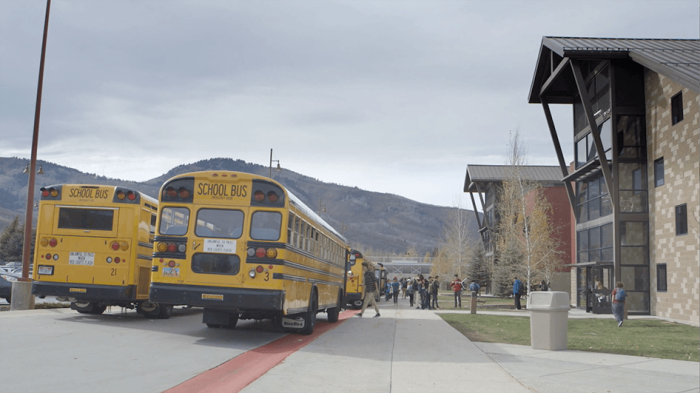
Read a text description of this video
NARRATION / TEXT ON SCREEN
“No promo homo” laws are on the books in eight US states. These laws restrict how teachers can talk about LGBT issues in the classroom.
Arizona forbids portraying homosexuality as a “positive alternative life-style” and bans teaching “safe methods of homosexual sex.” In South Carolina, instruction “may not include a discussion of alternate sexual lifestyles” except “concerning sexually transmitted diseases.” Alabama schools must teach that “homosexuality is not a lifestyle acceptable to the general public.”
Utah’s law prohibits “the advocacy of homosexuality” in schools. It’s also the first state where a “no promo homo” law is being challenged in court. We spoke to teachers, students, and parents there.
Bonnie Owens
After School Program Coordinator
Many teachers, because the law is vague, understand it as a gag rule, meaning they can't say anything about homosexuality at all. And what that means is that a lot of teachers aren't actually fulfilling their responsibility to keep children safe, because they don’t think that they can intervene in anti-gay behavior.
Joshua Greer
High School Student
“No promo homo” does affect how they deal with bullying in the classroom or even in the hallways. Just because they think that they can't even talk about it in school.
Last year it was like pretty much every day. It was like, “You’re such a queer, you’re such a fag.” I got pushed into walls and called a gay or a fag.
Rose Greer
Joshua’s Mom
They can't be safe because they have very few people to talk to and until we get rid of laws like “no promo homo,” they're not safe.
Kimberlee Irvine
Teacher
The biggest bullying issues are centered around LGBTQ issues and right now we don’t have the tools or the ability or the freedom to be able to have the discussions that we need to have.
These laws keep kids from learning the basics of sexuality and safe sex in health class.
Bea Giauque
High School Student
When I went into 10th grade Health, with the knowledge of "I'm bisexual," the entire thing was "Hey, men and women go together. Girls and boys are going to have sex. That's how it is."
Troy Williams
Executive Director
Equality Utah
The “no promo homo” law originally was designed to only apply to health and sex ed class. But we're seeing the effects of “no promo homo” in history classes, in English classes, et cetera.
For an assignment on family history, Josh tried to do a presentation about his uncle,
who’s gay. But his teacher wouldn't allow it.
Joshua Greer
High School Student
She was just saying like, "We can't talk about that. Gay is not something that we can actually talk about.” So it was kind of hard for me because that's my family and I'm gay. If I can't talk about my family members, then how am I supposed to feel?
Bea Giauque
High School Student
It's absolutely ridiculous that I can't talk about my own sexuality. I can't talk about who I am as a person without feeling like I'm going against the law.
And every time I tried to bring it up with a teacher, they also brushed by it and said, "Sorry, we can't help you here. Go to the internet."
“No promo homo” laws are discriminatory and harm kids. They should be repealed.
Rose Greer
Joshua’s Mom
There are kids who want to fall in love, who want to date, who want to go to prom, who want to be just as anybody else is in the school system.
There's nothing wrong with being gay, and when we don't talk about it in the school system we create a perception that there is something wrong with it.
Kimberlee Irvine
Teacher
If the “no promo homo” law were repealed, it would send a powerful message to our students. It would send the message to these students that they are valued, that their voice is being heard. That we care about them and that they have a place in our classroom.
One of the videos YouTube has blocked in restricted mode is Human Rights Watch’s video on the impact of Utah’s discriminatory law – ironically, censoring a video about anti-LGBT censorship. As the video describes, barring students from accessing age-appropriate information not only deprives them of important information, but sends a stigmatizing message that their identities are wrong or inappropriate. For LGBT youth who lack resources at home or school, sites like YouTube are crucially important as sources of advice, information, and role models.
Human Rights Watch reached out to Youtube to ask why our video was classified as restricted content. A spokesperson declined to comment on any specific videos, but forwarded a link to a recent blog post recognizing that YouTube’s restricted mode “isn’t working the way it should.” The post explains that YouTube has manually reclassified some of the blocked videos, and urges patience as the company reevaluates its filtering technology.
That’s a step in the right direction. LGBT youth should be able to access age-appropriate information about their health, politics, and sexuality without feeling their identity is inappropriate. As gatekeepers for this information, it is up to providers like YouTube to ensure the basis for restricting information is clear and transparent, and that their filters don’t function in a discriminatory manner. Content creators should have a way to appeal if they believe their videos have been misidentified under the site’s restricted mode.
YouTube should ensure that its services respect the rights of all children to access information that advances their health and well-being.

